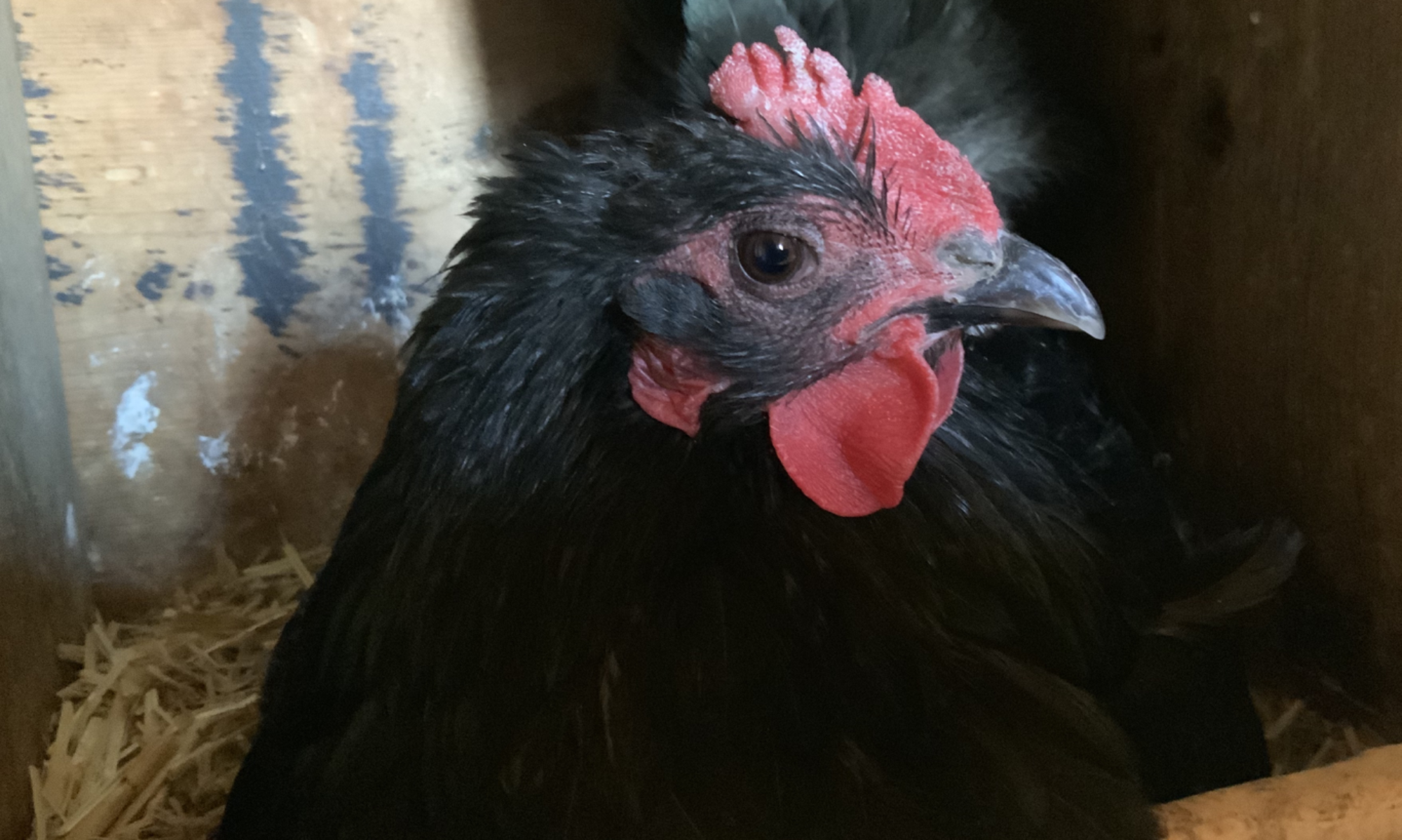My very first goats were sibling Pygmy goats, Bonnie and Clyde. We lived in Arizona at the time, so I never really worried about keeping them warm during the winter. I think they actually enjoyed the coolness of a season that wasn’t hot! When my boys were young we moved to a rural town in central Utah where the winters were a little colder and included snow! Our neighbors showed dairy goats in 4-H and my oldest son enjoyed helping them bottle feed the kids, and get the goats ready for shows. That’s when our goat herd expansion began. Daisy, a Saanen yearling was first, followed by Spring and Jasmine, Nubian sisters who were bottle babies. Rose was two days old when we got her and then we got a buck to try our hand at breeding. And so the adventure continued. Now, the boys are grown, the goats are old, and the winters are still cold.

Goats are built for cold weather. They have a down, fluffy undercoat and a thick outer coat that is designed to keep them warm, provided they are in good health and have shelters available where they can go to get out of the wind and wet weather. There are, however, a couple of other things that you can do to help your goats withstand harsh winter conditions.
In one of our sheds there is a rubber floor. I put a pallet down covered by a piece of plywood to make a raised bed. I pile up the straw to provide added warmth and insulation. In the barn there is a dirt floor. To this I add lots of straw bedding for them to snuggle down in. Straw is different than hay. The hollow shafts of straw trap air and make it a good insulator.

Diet is important to ensuring not only good health, but a warm goat. Goats need plenty of water in the winter and they seem to enjoy a bucket of warm water. Be sure to watch for frozen water buckets. I have an electric-heated water bucket. The ducks also enjoy the warm water, so I put the bucket inside a tire to discourage the ducks as they can be pretty messy drinkers and the goats prefer clean water.

Roughage is also important to a goat in the winter. Digesting food helps to create warmth from within and a goat’s unique digestive system does a good job as long as they have the roughage that they need. Make sure to offer your goat plenty of hay and grass during the cold, either free choice or fed at least twice a day.

Last of all, they do make coats or covers for goats, but they are not recommended for healthy goats as they can hinder good fur growth and many actually rub off the goats fur. They can be used for short periods of time under special circumstances such as illness or premature shedding, but should not be used long term under normal conditions.
Remember, our animals are made to withstand varied weather conditions and as long as we provide adequate shelter and a good diet, they should do just fine. What tips do you have for keeping your goats warm through the winter?


